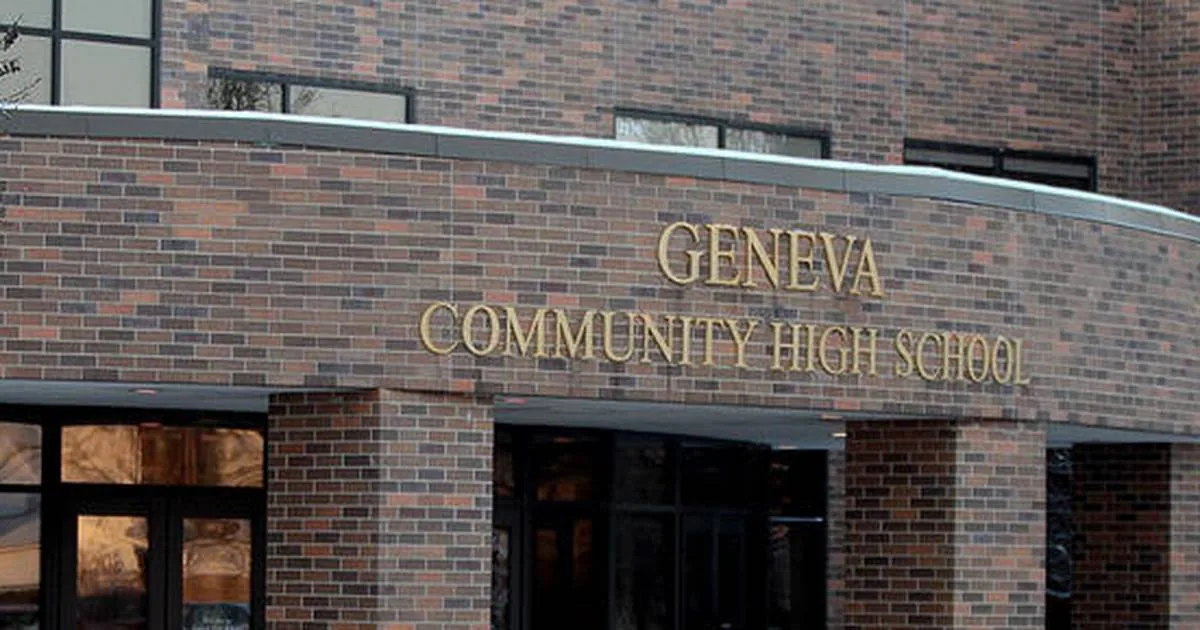Copyright STAT

Twenty years ago, Science celebrated “a revolution that is fundamentally altering the way the haves of the world assist the have-nots”: Governments and philanthropies were donating tens of billions of dollars to global health annually. “Everyone started dreaming,” no longer “scraping for the pennies that would fall off the table,” declared Jim Yong Kim, who would later become president of the World Bank. Those days are over. The U.S. Agency for International Development, where I once worked, is shuttered, and the Gates Foundation has announced it will wind down by 2045. The World Health Organization projects a 40% decline in 2025 from its 2023 funding levels, and the Organization for Economic Cooperation and Development cites huge cuts by four major donors — France, Germany, the United Kingdom, and the United States — the biggest decline in almost 30 years. Advertisement Into the breach a clamor for the financialization of the global health industry resounds. Speculative finance is gaining ground. New voices join earlier crusaders, who, since about 2010, have begged for more private capital to plug gaps in global public health funding. Financiers who haven’t worked in impoverished community health clinics are championing impact investing, catalytic finance, and blended finance as silver bullets. Unfortunately, financialization — the use of complex banking instruments designed to generate money from money using Wall Street and risk logics — is not the answer to the problem of global health shortfalls. Such devices use public taxpayer dollars to mitigate private investor losses. They include design features that keep certain questions front of mind, like: What will investors buy? What is their loss tolerance? Left behind are the most important questions: Are lives being saved? Are people getting healthier? Take the World Bank’s pandemic bonds as an example. Sold to investors in 2017 on promises of saving lives by mobilizing $500 million in private capital within hours of a deadly infectious disease outbreak, the bonds depended on public taxpayer money to pay investors their interest gains. Data and modeling focused on investors’ priorities. When Covid-19 struck in 2020, meeting mandatory investor thresholds slowed the release of funds to four and a half months, while the disease spread and intensified the world over. Advertisement Private money is fickle. Investors flock to projects that make them money, but do not necessarily improve human health. Philanthropies, contingent on the whims of their benefactors, don’t always align with the common good. Money is, of course, essential to care. But money is not care, which requires a whole next register of human labor. Over the 20th century, the social contract for shared care and government oversight has abated. As new ways to make money on health care gains a toehold, we’re seeing downturns in human health outcomes. So why is the world nevertheless turning an increasingly approving eye to financializing the care sector? Beginning in the 1970s, leaders of several wealthy countries started mocking the idea that governments exist to help. Deregulation, government austerity, and tax cuts became watchwords. Public sector austerity reigned. Ideological tenets — that governments should be small, taxes should be low, and regulation should be minimal to foster private business growth — spread prodigiously worldwide, with a lot of help from the World Bank and the International Monetary Fund. Over time, private investors’ demands grew. Make it easier for us to make money on our investments, they said. Excise the old curbs. Governments should only enforce contracts; markets will discipline themselves and provide for human needs. As we’re seeing now, some pro-market policies do provide, but inequitably and at exorbitant cost. An increasing slice of the world’s population is unfed, unhoused, and unhealthy, even in wealthy countries. The financialization of global health is a whole next order of profit-seeking. It’s not about care or aid or the grinding labor of medical research or practitioner training. Its metrics are geared not to improving population health, but rather to calculating loss risk and likely return on investment. It means that hospitals can be bought for their real estate value, rather than prioritizing the value to societies of having enough hospital beds — and that private investors can bet millions on the risk of future pandemics, as with the pandemic bonds. Advertisement Beware of financialization when it is code for “money making money on health,” with no plan for developing the staff, stuff, space, systems, and social support necessary for human wellness, as the late Paul Farmer advocated. We should not give up on good, well-funded government management of our health. The world isn’t so chaotic yet that citizens don’t want and expect health goods and services from governments; people simply want governments to do a better job. We need to work harder as a human collective to make governments work better as a first order of business. Health experts know that the best health outcomes come from strong, government-organized, predominantly public health systems, with easy access to robust primary care. Yes, well-designed public care systems can incorporate limited private involvement. But we must not invite the private sector into the systems design and regulatory decision-making. When it comes to health, greed, monopoly, and financial speculation must be tempered.



